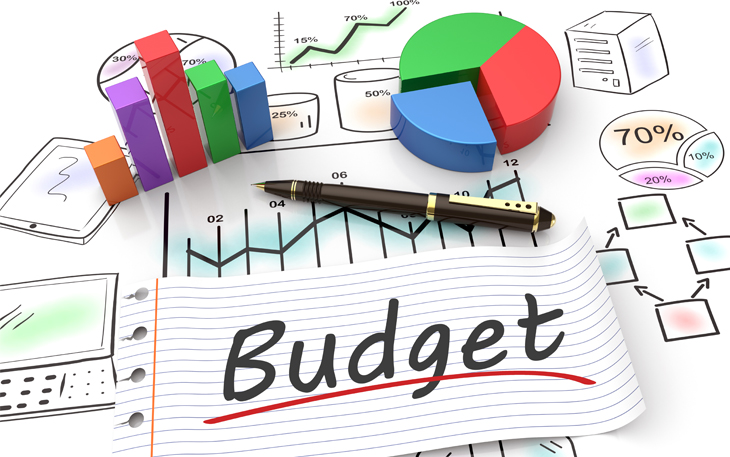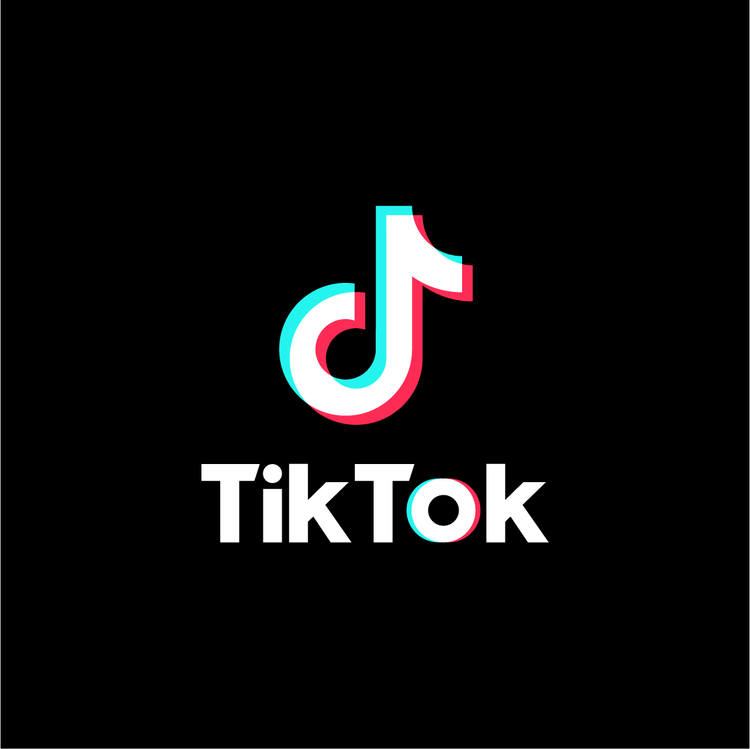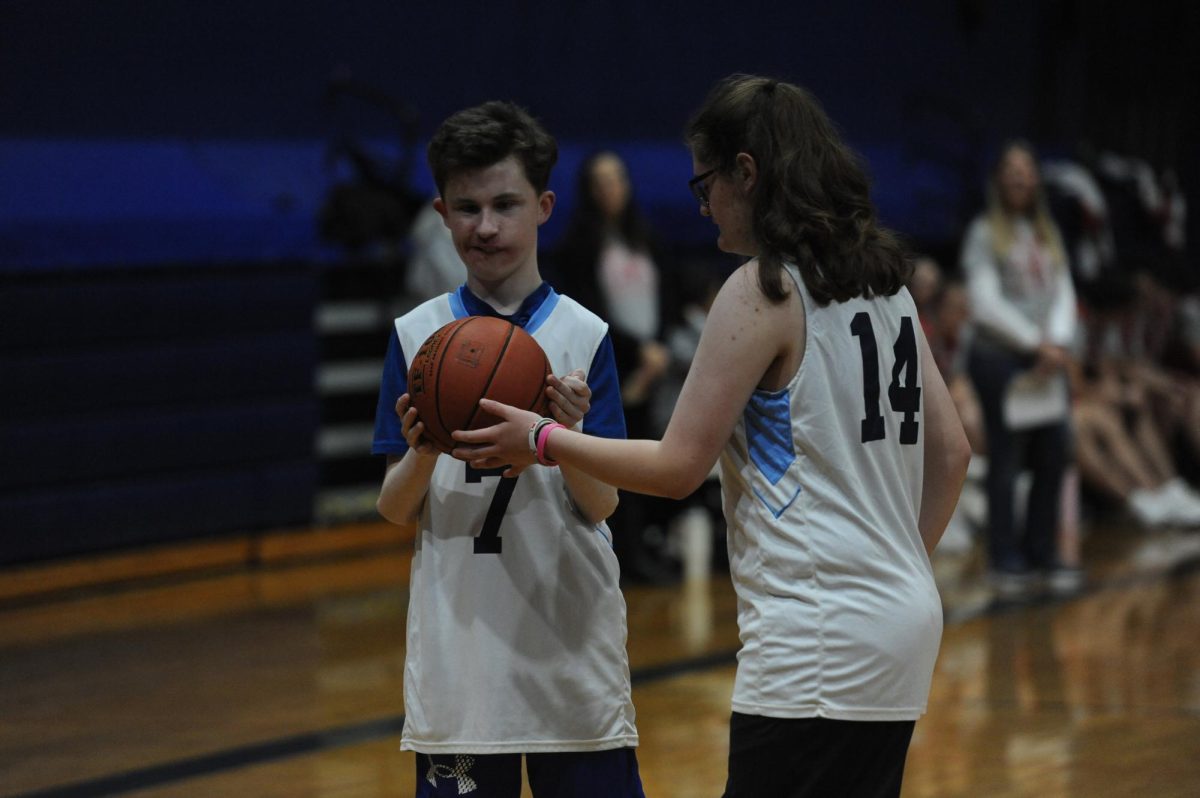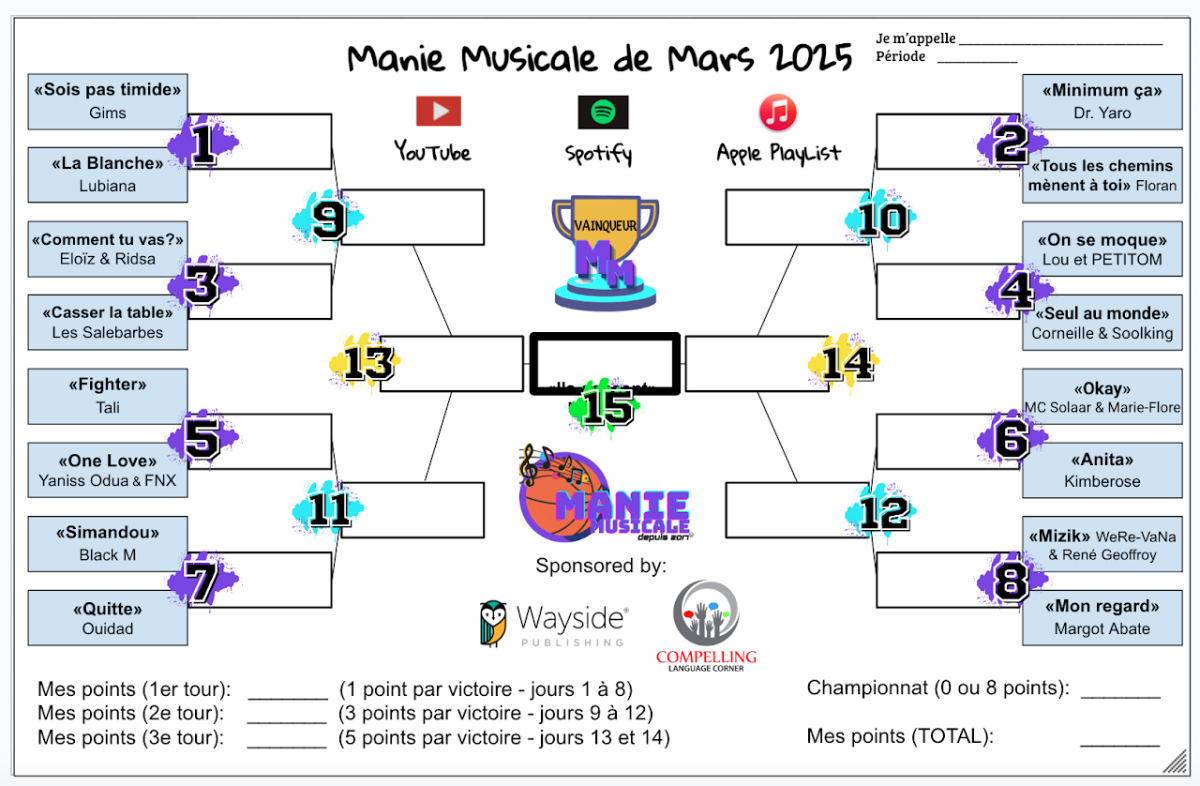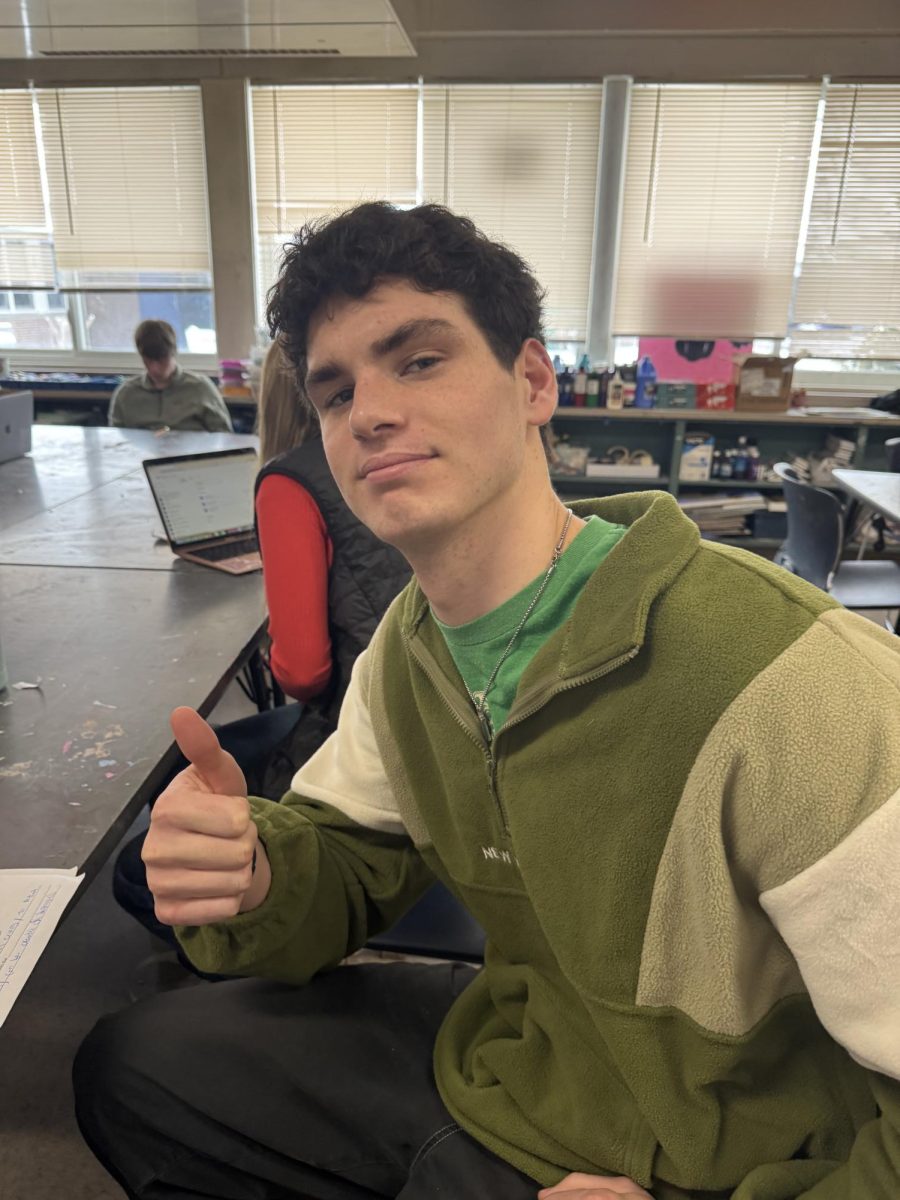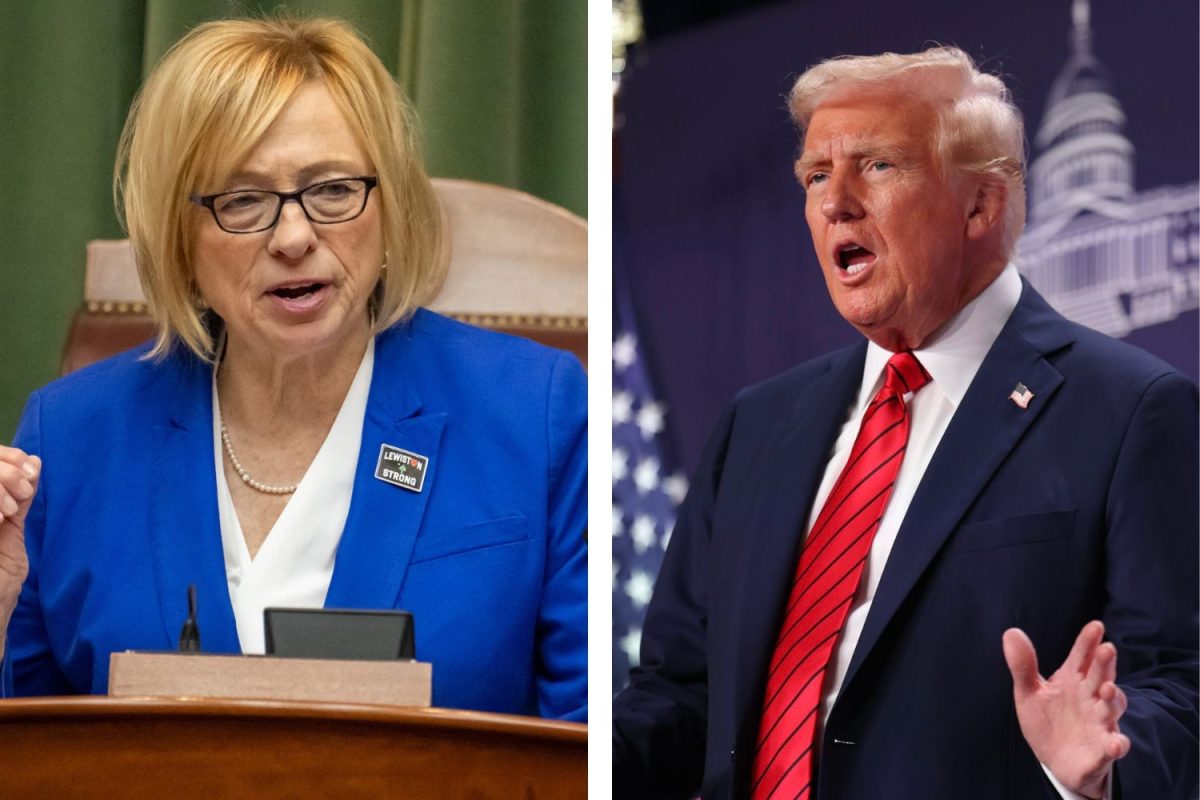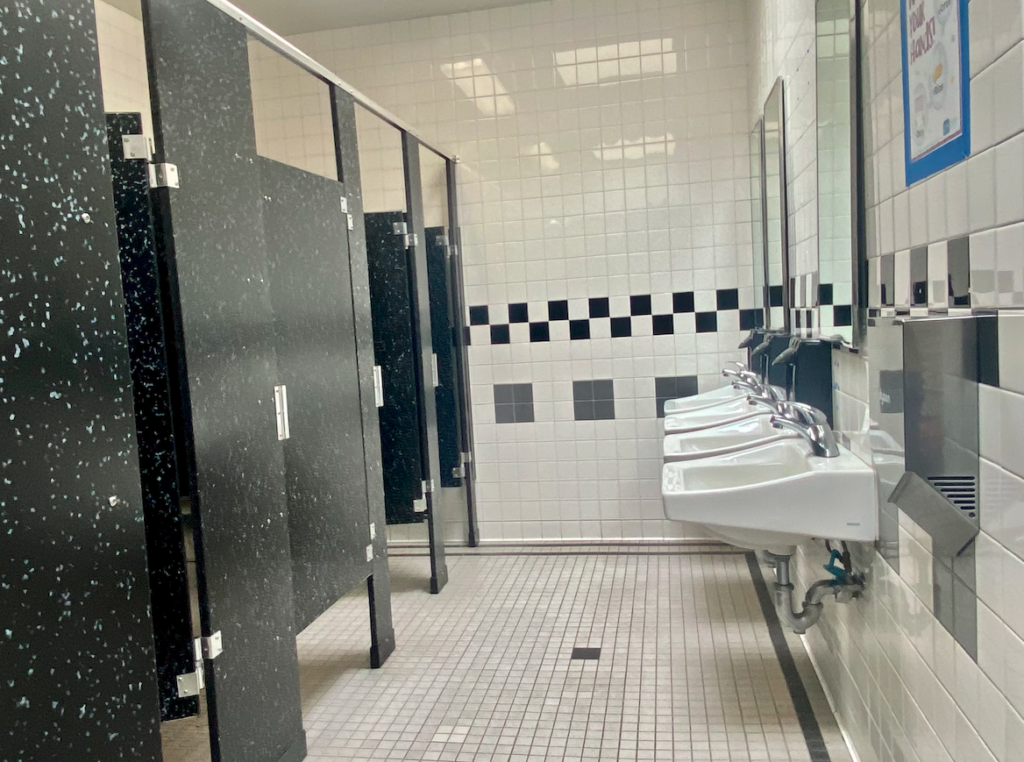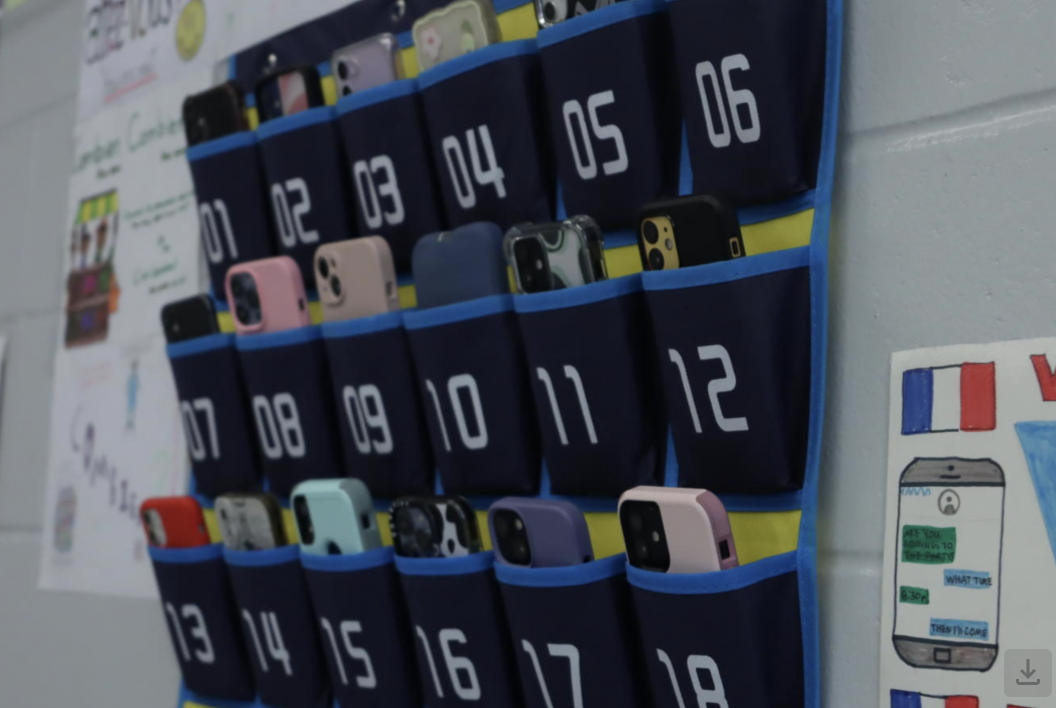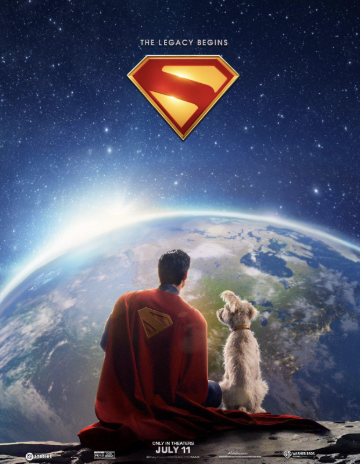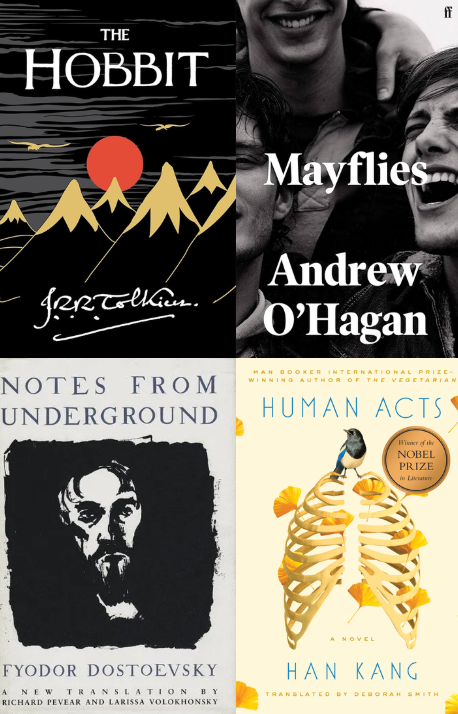Social media has become an integral part of teen life in the twenty-first century. So, when one of the most prominent social media platforms, TikTok, faced a ban in the United States, it sent much of Gen Z into a panic. Teens who used the app daily were merely saddened at the loss of their main source of entertainment, while influencers who made content on the app were terrified at the loss of their main source of income. On both ends of the spectrum, feelings of disappointment and anger prevailed.
Talk of the ban started in April of 2024 when former president Biden signed legislation into law that required TikTok’s owner, ByteDance, to sell to a US company before January 19, 2025, or it would be banned. The US government declared TikTok a threat to national security, fearing that ByteDance, a Chinese company, was stealing users’ data, and TikTok counter-argued that this ban was an infringement on freedom of speech. Ultimately, on January 17, 2025, the Supreme Court declared the law constitutional which allowed the ban to take effect that following Sunday.
It was not clear what exactly would happen to the app on the 19th. Some theorized that the app would simply stop updating and be rendered useless in a few months, while others feared it would immediately be shut down and removed from phones. Neither of these things happened; in the afternoon of Saturday the 18th, everyone who opened the app was met with an unavoidable announcement that stated, “We regret that a U.S. law banning TikTok will take effect on January 19th and force us to make our services temporarily unavailable. We’re working to restore our service in the U.S. as soon as possible, and we appreciate your support. Please stay tuned.” The app was removed from the app store as well.
Many influencers and users took to Instagram to post and watch reels – Instagram’s short-form video feature – about the ban, but claimed that it wasn’t the same and that they missed the format and community of TikTok. Some found ways around the ban; users could access it on Google on their laptops, or change their location to a place where the app wasn’t banned. However, using the computer proved impractical and location changes also resulted in changes to phones such as the language of text or issues with their wireless carriers. TikTok as it was no longer existed.
Students of York High School had many different opinions and experiences with this ban. Morgan Woods, a junior, states “Initially, I was kind of happy that TikTok would be gone because it would make me spend less time on my phone, but now I’m going to miss it because I used it for outfit inspiration and was looking forward to making prom and summer TikToks.” Other users of the app seemed to share this opinion, as per videos posted before the ban.
Another student, junior Bella Parrotta, had a unique issue with the ban. As a student of AP Research, she chose to base her project on the TikTok “what I eat in a day” trend and the effect it has on teens. Without the app, her entire project would fall apart. So, as well as being upset at losing one of her favorite apps, she also feared she would have to restart her project with a new topic almost halfway through the year.
She ended up being able to follow through with her original plan, as TikTok came back online in the afternoon of the 19th, mere hours after it was banned. Many attributed this to President Trump’s promise to work with TikTok and to sign an executive order after his inauguration on Monday the 20th to reinstate TikTok. The app itself displayed a message when users opened the app that read “Thanks for your patience and support. As a result of President Trump’s efforts, TikTok is back in the U.S.!” It is unclear exactly what happened between the US government and ByteDance to get TikTok back.
Although the app became available again to users who still had it, TikTok remained unavailable in the app store. This meant that no new people could download it and those who had deleted it were unable to get it back. Bella Santini, a junior, was one of the users who deleted the app when it was banned. “I just assumed that there was no point in keeping it if I couldn’t use it, plus it freed up a lot of my phone storage,” she explains, “But now that it’s back, I’m disappointed that I can’t use it anymore.”
Those who purchased a new phone after January 18th shared the same misfortune. Though they might have had the app on their previous phone, the app was gone from their new one and not able to be downloaded again. Some have saved their phones just to use TikTok, while others have resorted to the laptop or location change option.
While some are still unable to use TikTok, a majority of users are extremely happy to have the app back. The future of TikTok’s US operations remains uncertain, but its importance to young people does not.

